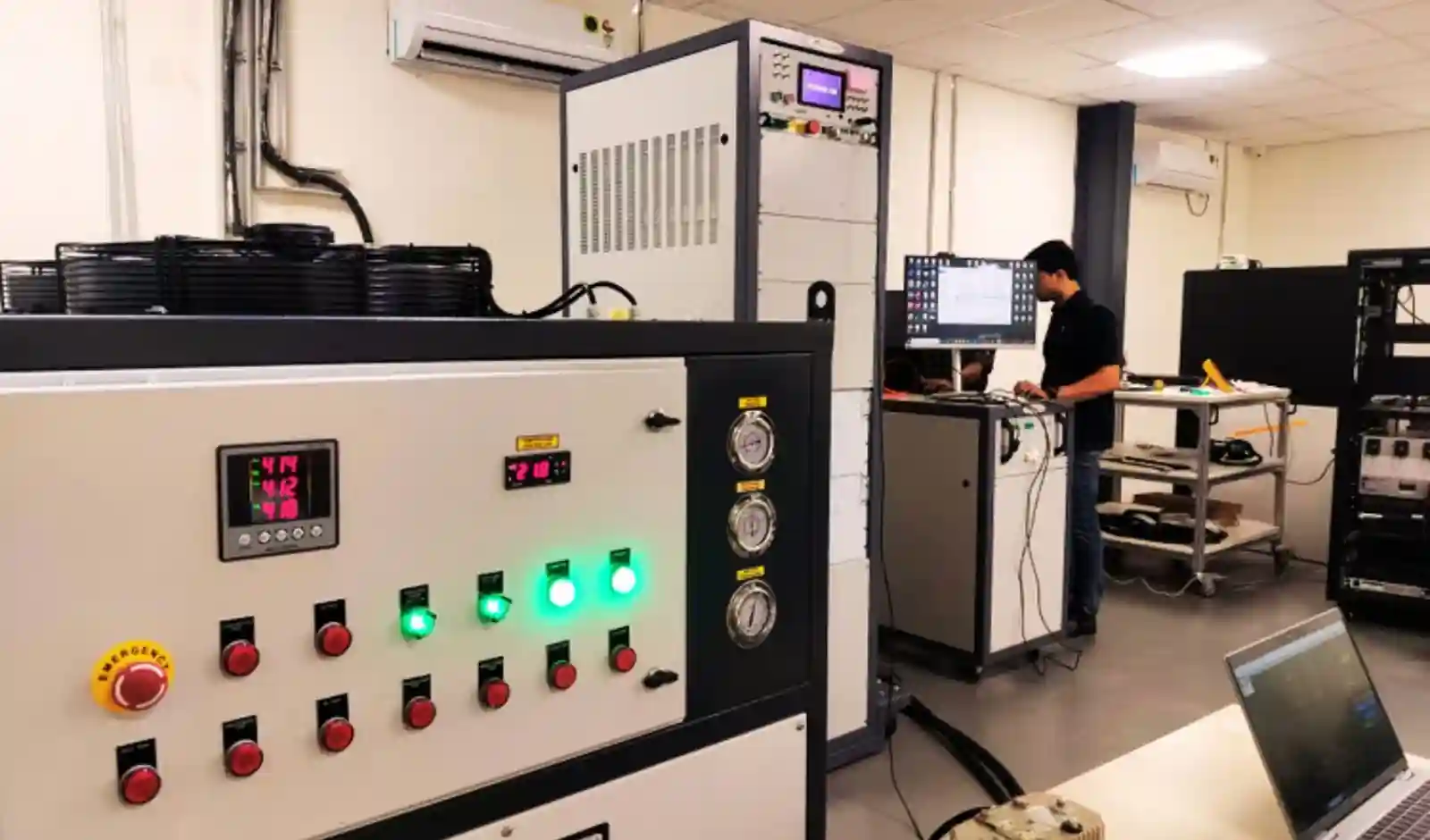
Denso Corporation has announced the development of new electrification products aimed at enhancing energy efficiency, driving performance, and charging time in electric vehicles (EVs). According to the company, these innovations are designed to increase the practicality and usability of EVs.
The new products include four key components: an inverter for installation in BluE Nexus Corporation’s new eAxle, a Cell Supervising Circuit to monitor battery voltage and temperature, and a Shunt Current Sensor to measure current. All three components will be integrated into the new Toyota bZ4X.
The inverter converts DC power from the battery into AC power to drive the motor. Denso states that the new inverter features a flat dual-sided cooling structure utilizing its proprietary dual-sided cooling technology and power semiconductor expertise.
The inverter incorporates silicon carbide (SiC) power semiconductors, circuitry, structural design, and high-efficiency cooling. Denso claims that compared to its previous silicon-based products, the new inverter reduces power loss by approximately 70% and decreases the core module size by about 30%.
Denso also developed the Cell Supervising Circuit and Shunt Current Sensor using proprietary semiconductor technology and material property verification. The Cell Supervising Circuit features a 28-channel cell voltage monitoring IC, reducing the number of monitoring circuits by 20% compared to conventional technologies. Additionally, noise stress quantification technology reduces the components required for overvoltage and noise countermeasures.
The Shunt Current Sensor measures electric current using a copper resistor. When current flows through the resistor, it generates a voltage that can be measured to detect current precisely. Denso evaluated the material characteristics of the shunt resistor to address variations in resistance caused by temperature changes and welding differences. The company reports that its proprietary correction logic reduces detection error by approximately 50% while maintaining low costs.
These new electrification components are expected to improve the performance, efficiency, and charging capability of EVs, representing a significant advancement in electric mobility technology.

